Richard Engels
Born in London in 1914 to a mother of Prussian high nobility and a German father riding his horse through London's Hyde Park, Richard Engels grew up in Berlin during the "Golden Twenties" and the upheavals of the thirties to become an extraordinary man and artist. His artistic talent and his pronounced sense of the absurd showed themselves first in the form of cartoons and drawings during school years. However, when it came to choosing a career the choice was economy — an understandable choice in times of great economic uncertainty. He graduated at the age of 21 and soon began a highly successful career as assistant to the Board of Directors at Siemens. But life in Germany in those times had its special surprises for its young (and old). Careers and dreams ended abruptly, first in army baracks and soon after on battle fields. For Richard, seven years of unimaginable hardship as a prisoner of war in the Russian tundras and steppes changed his life for ever. His deep belief in Almighty God protected him and guided him through this hell. Verses from the holy Indian book, The Baghavadgita, sayings from Krishnamurti, excerpts from the Gospels, a prayer, a poem—all scribbled into a little note book — helped him to keep his sanity. And in the end it was his artistic talent which was instrumental in dramatically helping him to flee Russian captivity and thus saving his life. Richard began his career as a free lanced painter in 1948. The traumatic experience of war had shown him the futility of striving for a career for material gains and fame alone. He devoted his life to painting and working with young people in order to contribute his share to a world of international understanding. He was opened in SUBUD at Coombe Springs in 1958 and became instrumental in the establishment and development of SUBUD in Germany as well as internationally. He was appointed as the first Subud International Cultural Association Chair in 1983. His poetical paintings reflect his great sense of humor, his sense of the miraculous as well as his love for God and mankind. Richard passed away in Germany in 1991. Richard painted a number of fairytales amongst them a series of paintings, now hanging in a high school in Wolfsburg, based on stories collected by the Grimm brothers. The Rainer Maria Rielke Institute and the Batavia Bauhaus Foundation, in collaboration with Reinhard and Marleen Hesse, have arranged for these paintings to be brought and exhibited in Jakarta. In the framework of “100 Years of National Awakening” they have also commissioned a new composition by Valerie Gregorovich, to be performed at the opening of the exhibition, based on one of these paintings: “The Sleeping Beauty”.
Sleeping Beauty
At the christening of a long-wished-for princess, fairies invited as godmothers offered gifts, such as beauty, wit, and musical talent. However, an outraged wicked fairy, who had not been invited, placed a curse on the princess: on reaching adulthood, she would prick her finger on a spindle and die. A good fairy, who had not offered her gift yet, though unable to completely reverse the spell, said that the princess would instead sleep for a hundred years, until awakened by the kiss of a prince's son.
The king forbade spinning on distaff or spindle, or the possession of one, upon pain of death, throughout the kingdom, but all in vain. When the princess was fifteen or sixteen she chanced to come upon an old woman in a tower of the castle, who was spinning. The Princess asked to try the unfamiliar task and the inevitable happened. The wicked fairy's curse was fulfilled. The good fairy returned and put everyone in the castle to sleep. A forest of briars sprang up around the castle, shielding it from the outside world: no one could try penetrate it without facing certain death in the thorns.
After a hundred years had passed, a prince who had heard the story of the enchantment braved the wood, which parted at his approach, and entered the castle. He trembled upon seeing the princess' beauty and fell on his knees before her. He kissed her. The princess woke up and everyone in the castle woke up with her to continue where they had left off... and, in modern versions, starting with the Brothers Grimm version, they all lived happily ever after.
Sleeping Beauty ("La Belle au Bois dormant" (The Beauty in the Sleeping Forest)) is a fairy tale classic, the first in the set published in 1697 by Charles Perrault, Contes de ma Mère l'Oye ("Tales of Mother Goose"). While Perrault's version is better known, an older variant, the tale Sun, Moon, and Talia, was contained in Giambattista Basile's Pentamerone (published 1634). Earlier influences come from the story of the sleeping Brynhild in the Volsunga saga and the tribulations of saintly female martyrs in early Christian hagiography conventions. It was, in fact, the existence of Brynhild that persuaded the Brothers Grimm to include Briar Rose (some translations of the Grimm tale give the princess the name Rosamond) as an authentic German tale in latter editions of their work rather than eliminate it (1812). It truncates the story as Perrault and Basile told it to the ending now generally known: the arrival of the prince concludes the tale..
The young Ms. Valerie Gregorovich, an honors graduate from the Timbuktu Conservatory, has already been commissioned to compose for many prestigious groups and orchestras , including the Mongolian Snow Orchestra and the Rwanda National Ballet. This avante-guard composition for viola, oboe, piano and wayang is performed by the Classical Nuances and dalang (Javanese puppet master) Nanang HaPe. Ms Gregorovich says: “I am very touched and honored that I have been asked to compose this piece of music because Mr. Engels was not only a source of inspiration for me in my formative years but also my mentor and I shall always treasure my memories of him”.



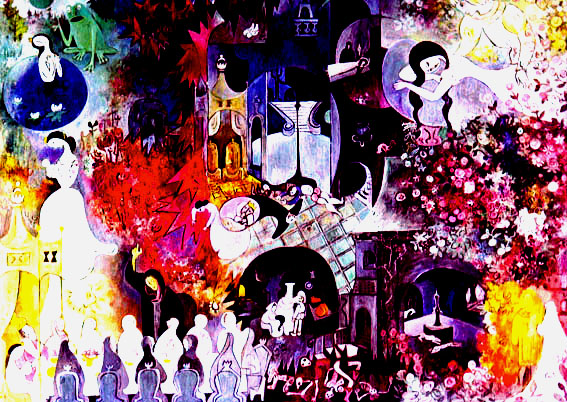
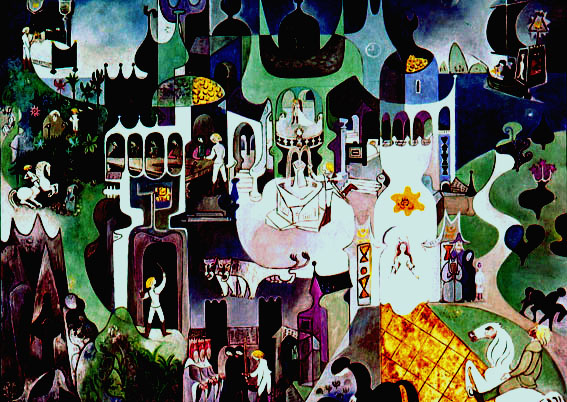
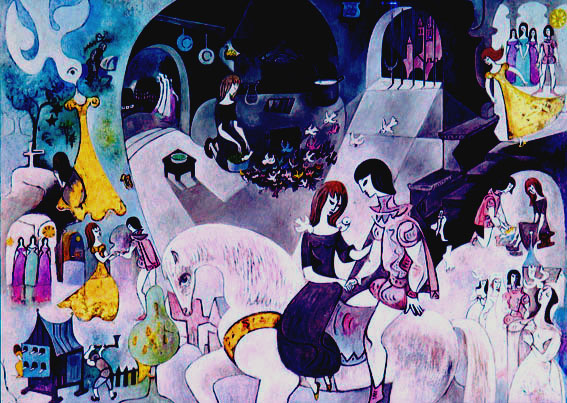


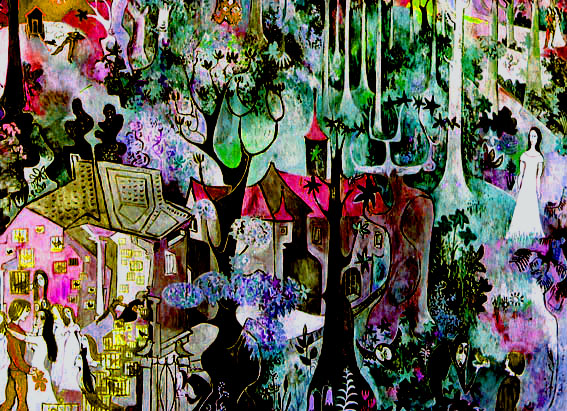
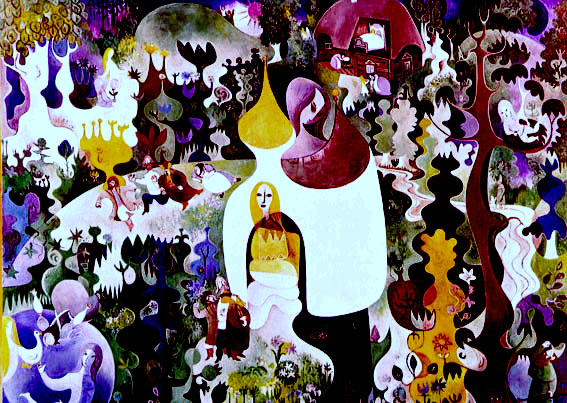
JakArt secretariat:
Jln. Lebak Bulus II / 20 A, Cilandak – Jakarta 12430, INDONESIA
Tel/ fax: + 62-21-75907687, Tel: +
62-21-70830742,
email:
proseni@indosat.net.id